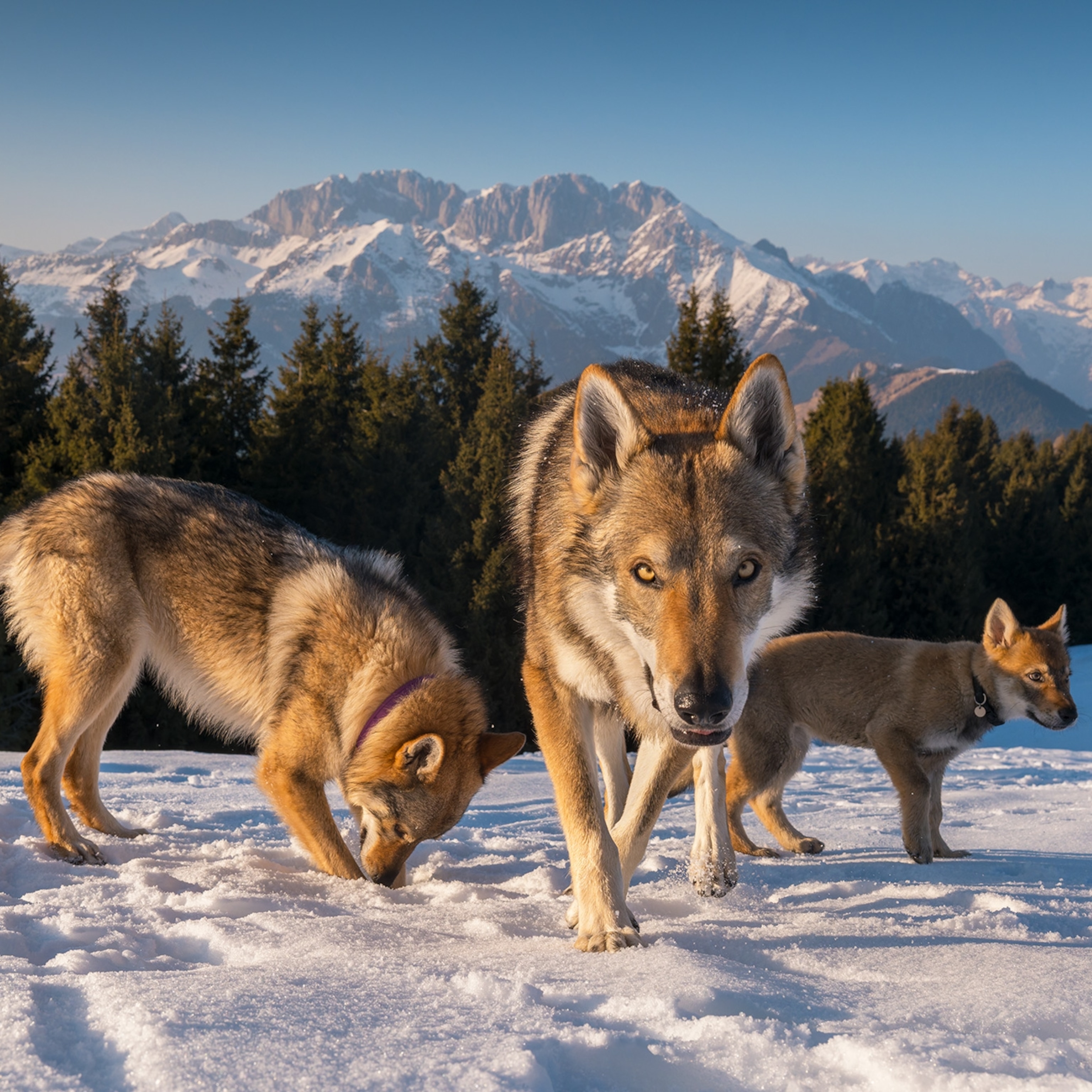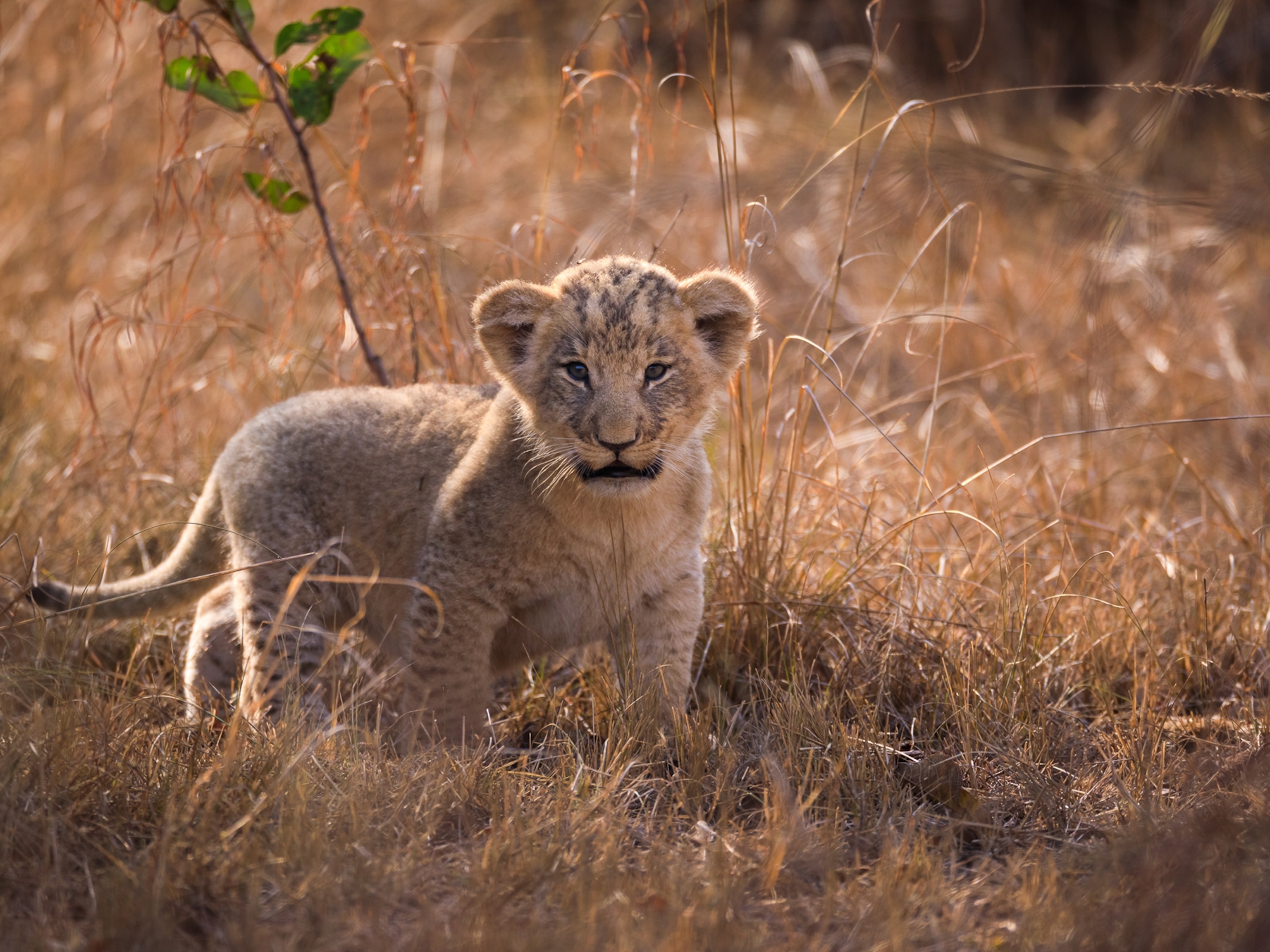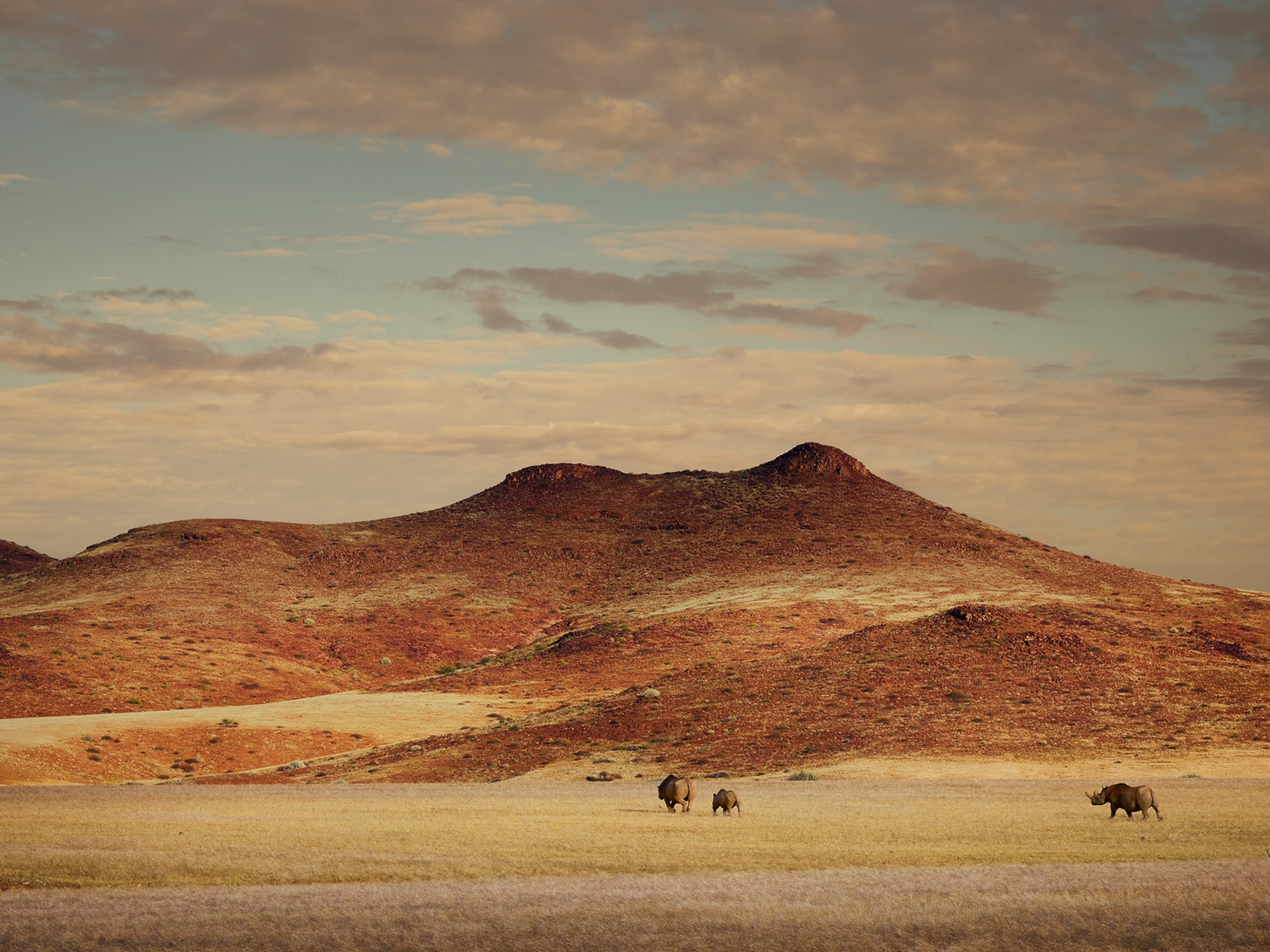In mid-January, rangers and researchers in Uganda’s Queen Elizabeth National Park made a horrific discovery: the slumped, emaciated body of Naturinda, a lioness they knew well, trapped in a snare.
The noose-like wire had worn away Naturinda’s fur and skin, leaving a gaping neck and facial wound that had begun to fester with maggots. Protruding pelvic bones and skeletal ribs indicated that she had been trapped for some days. Yet she was not dead.
Wildlife authority vets quickly anesthetized her, removed the snare and treated her wound. After lapping up a big bowl of water, Naturinda walked away, but over the next three weeks, her condition deteriorated. After a second, nail-biting round of treatment—her anesthetized body fell from a tree but was safely caught by a strategically-placed mattress—she finally made a full recovery, rejoining her pride with a battle wound that would put The Lion King’s Scar to shame.

Naturinda is exceptionally lucky: Most snared animals never make it out alive. Fashioned from metal wires scavenged from tires, bikes, motorcycles, and even wildlife-protecting fences, untold numbers of these homemade booby traps are set to kill across a continent hungry for the meat of wild animals, known as bushmeat.
“When you drive around Africa and don’t see wildlife, the main reason is because it’s been eaten,” says Peter Lindsey, director of the lion recovery fund at the Wildlife Conservation Network.
Locals have hunted bushmeat on a subsistence basis for millennia, but demand is rising amid expanding populations and an increasingly commercial, urbanized trade. As a result, bushmeat snaring is growing in intensity and has become a primary threat to many species’ survival.

In 2017, Lindsey and his colleagues conducted 186 surveys with wildlife experts across 24 African countries and found that their subjects perceived bushmeat poaching to be the number-one threat to both wildlife in general and to lions specifically. Locals typically set snares, which are easily-made and cheap, hoping to catch large herbivores. But the wires are indiscriminate, often trapping carnivores that come to investigate the smell of snared carcasses nearby. Animals that snares entangle frequently die and begin to rot before humans even get to them.
In some worrying cases, however, lions are the target. Agostinho Jorge, conservation manager of the Niassa Carnivore Project in Mozambique, discovered during his doctoral research in 2017 that bushmeat hunters report lions as their third most-coveted species—just behind buffalos and zebras. Hunters there poached at least 80 lions from 2013 to 2017, and informants say that the killings are increasingly motivated by illegal trade in bones, teeth, and claws.
“Some of the [lion] parts end up with rhino horn and ivory leaving the country for Asian markets, and some is for an increase in traditional medicine use by Tanzanians coming in,” says Colleen Begg, co-director and founder of the Niassa Carnivore Project. “It’s quite scary because we’ve never before had a threat that’s so targeted on lions.”

Estimates of total lions trapped and killed are rough at best; Unlike elephants, their carcasses are not easily found. But what figures do exist are alarming. In 2013, for example, researchers in Zambia’s Luangwa valley found that snares snagged 11.5 percent of total adult and subadult lions over a five year period.
In rare cases, the predators get a second chance. Last year, managers and rangers in Zambia’s Luangwa and the Greater Kafue ecosystem saved 38 lions from snares, and some animals also manage to free themselves. At least three “tripod lionesses,” each with a missing limb, now roam the latter park. Their prides help them get by, as do smaller prey and young herbivores that make for easy pickings.
“One tripod lioness we know of even learned to dig up warthogs in their dens to survive,” says Kim Young-Overton, the Kavango-Zambezi Transfrontier Conservation Area program director at Panthera.
In some areas, including Queen Elizabeth National Park, direct snaring of lions seems to be relatively rare. During the year Alexander Braczkowski, a National Geographic Explorer and doctoral researcher at the University of Queensland spent in the park conducting research on lion densities and movements, Naturinda was the only snared lion he encountered.

But as Braczkowski’s initial results attest, snaring can also have chilling indirect impacts. Using a robust new measuring system, he found that the Queen Elizabeth lions travel about six times further than lions in Kenya’s Masai Mara National Reserve—likely because excessive snaring has wiped out prey in Queen Elizabeth. As Braczkowski says, “Lions don’t move for fun.”
Less food ultimately means fewer lions, and indeed, Braczkowski found that lion densities at Queen Elizabeth are about five times lower than in the Mara.
As choice prey become scarcer, lions—which normally favor large animals like buffalo and wildebeest—also begin competing with other predators like cheetahs and leopards for smaller herbivores, says Matthew Becker, CEO of the Zambian Carnivore Program, and a National Geographic Explorer. “Species that have evolved to mitigate competition suddenly have to compete for a lot of the same stuff to eat, which has major impacts.”

Much remains to be learned about snaring’s impacts on lions and other wildlife. But in the face of crippling poverty and increasing human populations, researchers do know that solutions will not come easily. A first step, though, is acknowledging the issue.
“The conservation crisis in Africa is often so absorbed by the ivory and rhino horn trade that people overlook demand for bushmeat and the concomitant problem of snaring,” says Craig Packer, director of the lion research center at the University of Minnesota. “It’s an enormous problem that’s only going to get worse and needs to be addressed.”








